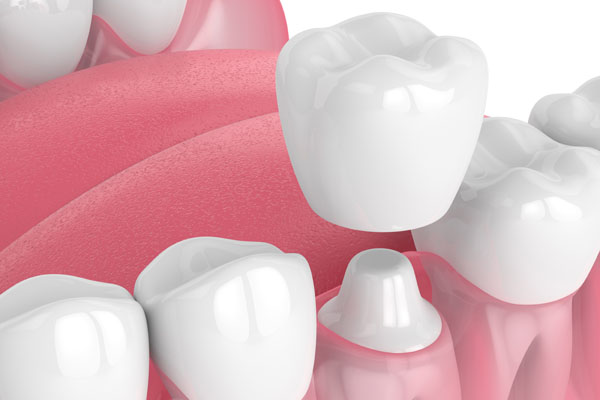Dental Bonding Treatments that Dentists Use

OUCH! The word most people think of when they are in the ‘hot seat’ of the dental chair and listening to the dentist share the news: a tooth is chipped, cracked, fractured, or that beautiful shiny tooth enamel has been worn down and you will need to have some serious work done. Stay calm. That overindulgence in the hard candy, taffy and soda that wrecked the current condition of the tooth or teeth – can be restored back to looking like new with dental bonding!
Many dentists favor using a composite resin material to bond a tooth or teeth needing a repair. It is a very pliable material and thus it is easy to shape and polish it, matching the color of the other teeth in the mouth. Also, unless dental bonding is being used to repair a decayed tooth, there is usually no need for an anesthetic to be given to the patient. In addition, dental bonding is the least expensive means of restoring a tooth.
What is dental bonding, exactly?
The actual procedure of dental bonding consists of roughing up the tooth surface with the application of an acidic solution. The roughing is necessary so the composite resin can properly adhere to the surface of the tooth. With the surface now ready for the bonding material, using a color guide, a resin material is selected that is closest to the natural tooth color.
Dentists then begin to mold and shape the material to form the tooth shape back to how it was before it was chipped, cracked, or fractured. After the shaping, the next step is to apply a special ultraviolet light or laser light to harden the bonding to the tooth. After hardening the bonding material, there is only a bit more trimming, shaping and polishing make it look completely natural. From start to finish, the dental bonding procedure takes about 30 to 60 minutes per tooth.
The many uses of dental bonding
Dentists are finding that the composite resin material used for dental bonding can effectively treat a range of dental difficulties such as:
- Filling cavities, giving a better cosmetic appearance than the traditional silver amalgam
- Closing the small gaps between front teeth rather than creating a dental veneer
- Fixing sharp and jagged edges that are a part of a chipped teeth
- Sculpting the composite resin to protect the root of a tooth that becomes exposed due to receding gums.
- Changing the size or the shape of front teeth that have grown in crooked
- Improving the color of a tooth that has been intrinsically or extrinsically discolored by age, food, drink
or medications
Aftercare
The aftercare of the dental bonding procedure is no different than good oral hygiene of natural teeth. Continue brushing with a soft-bristled toothbrush twice a day using fluoride toothpaste, floss before bedtime, rinse with non-alcoholic fluoride mouth rinse and do not forget to schedule two annual appointments at the dentist for professional cleanings.
The best part?
You can call (617) 826-6075 today to reach GK Dental PC.


